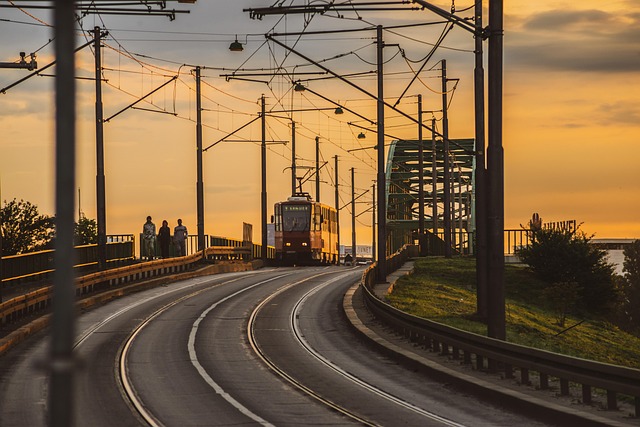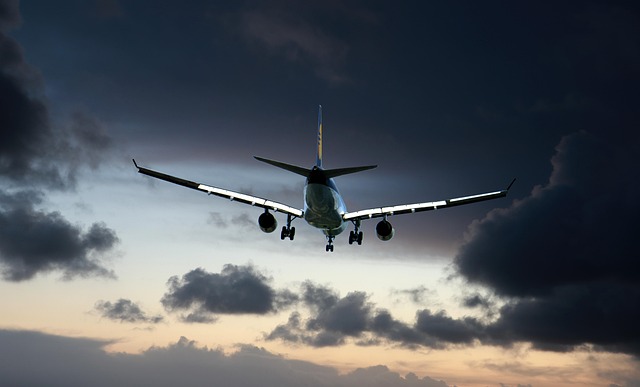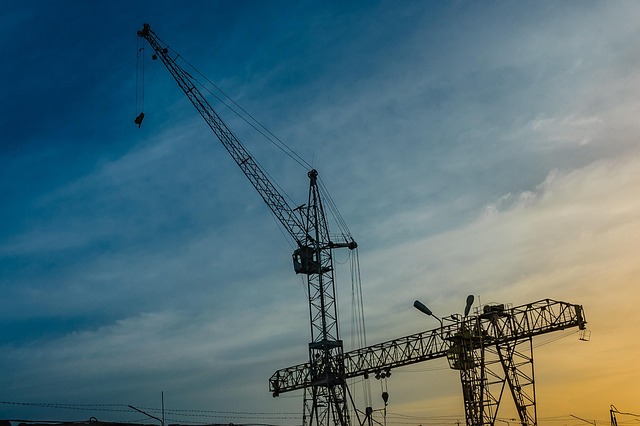Revolutionizing Infrastructure: Exploring Advanced Traffic Systems
As our cities continue to expand and evolve, the way we navigate them must also transform. Traffic systems play a crucial role in this evolution, serving as the backbone of urban mobility. With increasing populations and a growing number of vehicles on the road, the need for advanced traffic systems has never been more pressing. In this post, we will explore how innovative solutions are reshaping our transportation landscapes for the better.
The Challenges of Modern Traffic Systems
Imagine a daily commute where you find yourself stuck in endless traffic, watching the minutes pass by as your plans get delayed. Unfortunately, this is a common reality for many. Traditional traffic systems often struggle with congestion, inefficiency, and outdated technology. With the rise of smart cities, however, there is hope for a brighter future in the realm of traffic management.
Smart Traffic Management
The integration of technology into traffic systems offers exciting possibilities. Smart traffic lights equipped with sensors can adjust their timing based on real-time traffic flow, reducing wait times and easing congestion. Likewise, connected vehicles can communicate with these systems, enabling a coordinated approach to managing road usage. This kind of innovation not only improves travel times but also enhances safety for all road users.
Data-Driven Decisions
Data is at the heart of revolutionizing traffic systems. Analyzing traffic patterns, accident hotspots, and even weather conditions enables city planners to make informed decisions. By leveraging big data, cities can anticipate traffic congestions, reroute vehicles, and optimize public transportation schedules. For those navigating through urban landscapes, this means smoother commutes and enhanced experiences on the road.
Flexible Infrastructure
Advanced traffic systems also embrace flexibility. In response to changing urban dynamics, adaptive infrastructure can be employed to manage varying traffic volumes throughout the day. For instance, dynamic lane management allows certain lanes to be used for high-occupancy vehicles during peak hours while reverting to general traffic during quieter times. This kind of adaptability not only maximizes road use but also helps in reducing greenhouse gas emissions, aligning with sustainability goals.
Public Transportation Integration
Equally important is the role of robust public transportation systems in alleviating traffic woes. By integrating bus and train schedules with real-time traffic data, commuters are empowered with choices that can save time and reduce dependence on personal vehicles. Investing in reliable public transit options encourages more people to opt for these alternatives, contributing positively to the overall traffic systems.
The Future is Here
With advancements in artificial intelligence, machine learning, and IoT, the future of traffic systems is bright. We are on the cusp of a transportation revolution, where seamless connectivity and efficient road usage can truly elevate the living standards of urban dwellers. As we pave the way forward, it’s crucial to embrace these innovations—not just for the sake of efficiency, but for improved quality of life in our bustling cities.
Join us on this journey of transformation as we continue to explore how advanced traffic systems can significantly enhance our infrastructure. The future of urban mobility is here, and it’s time to embrace it!




